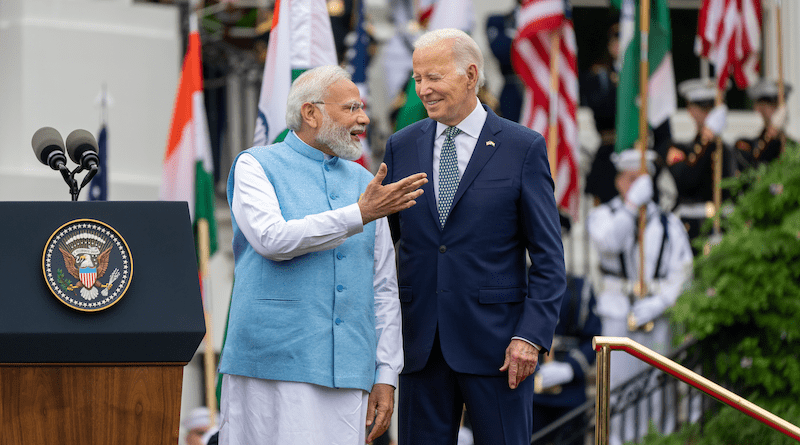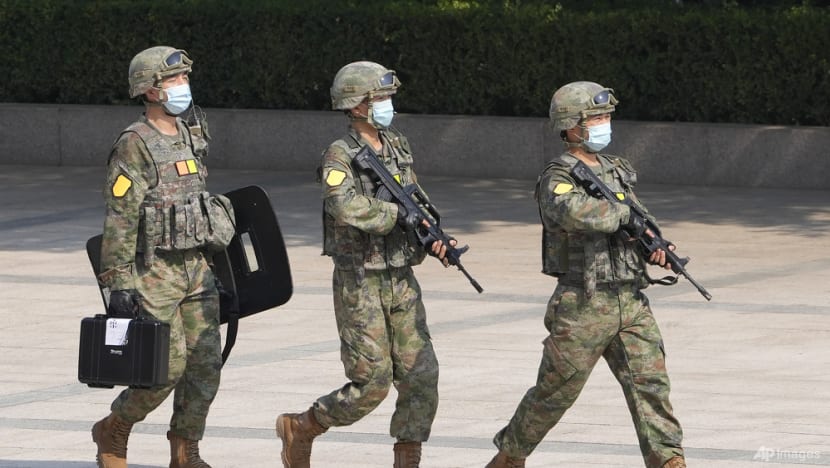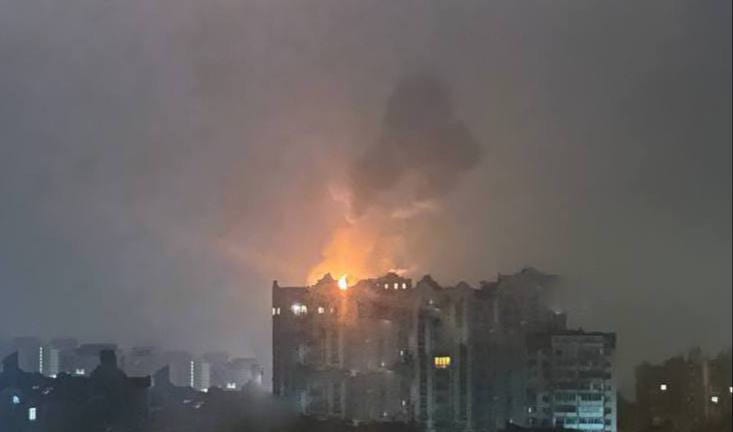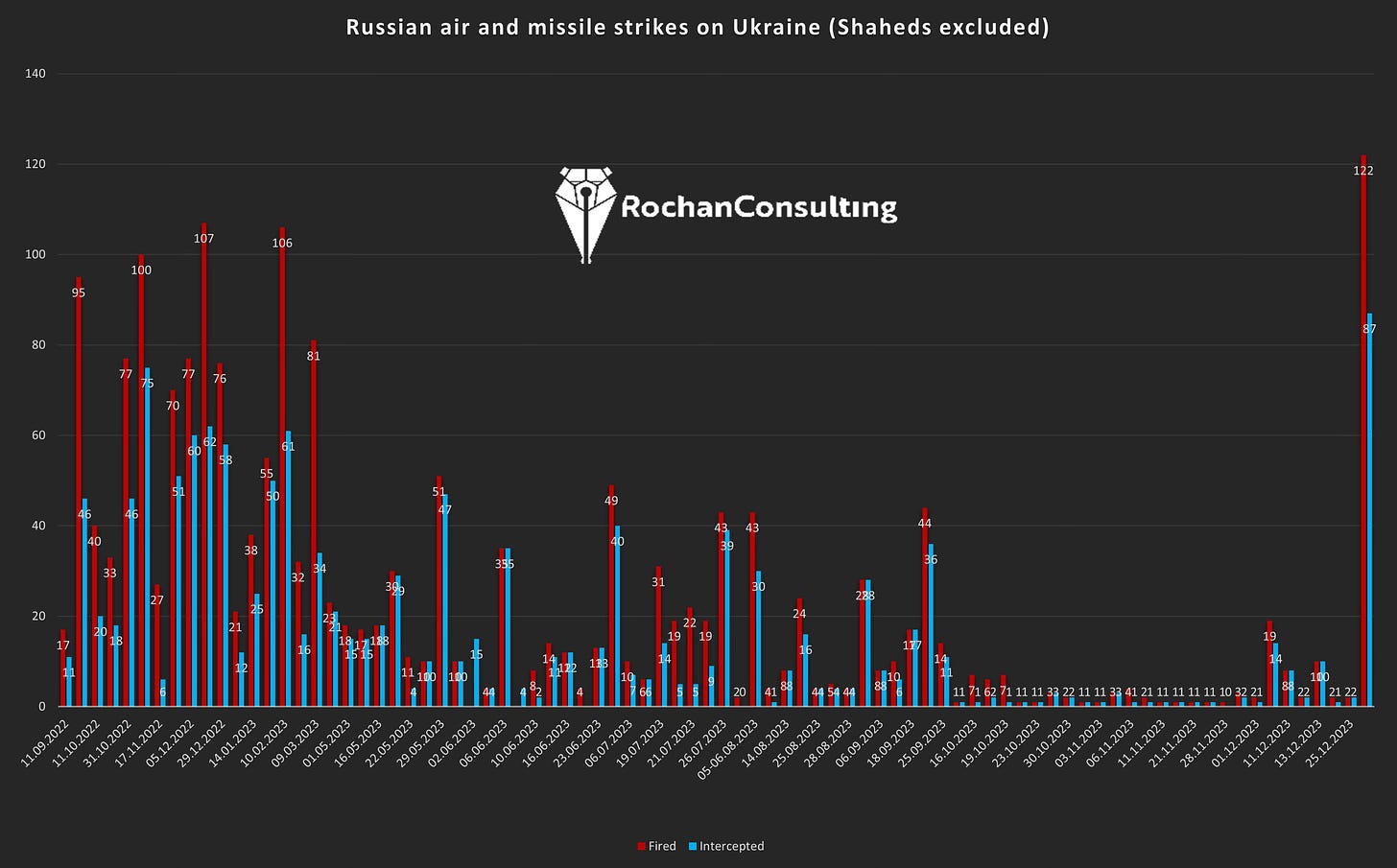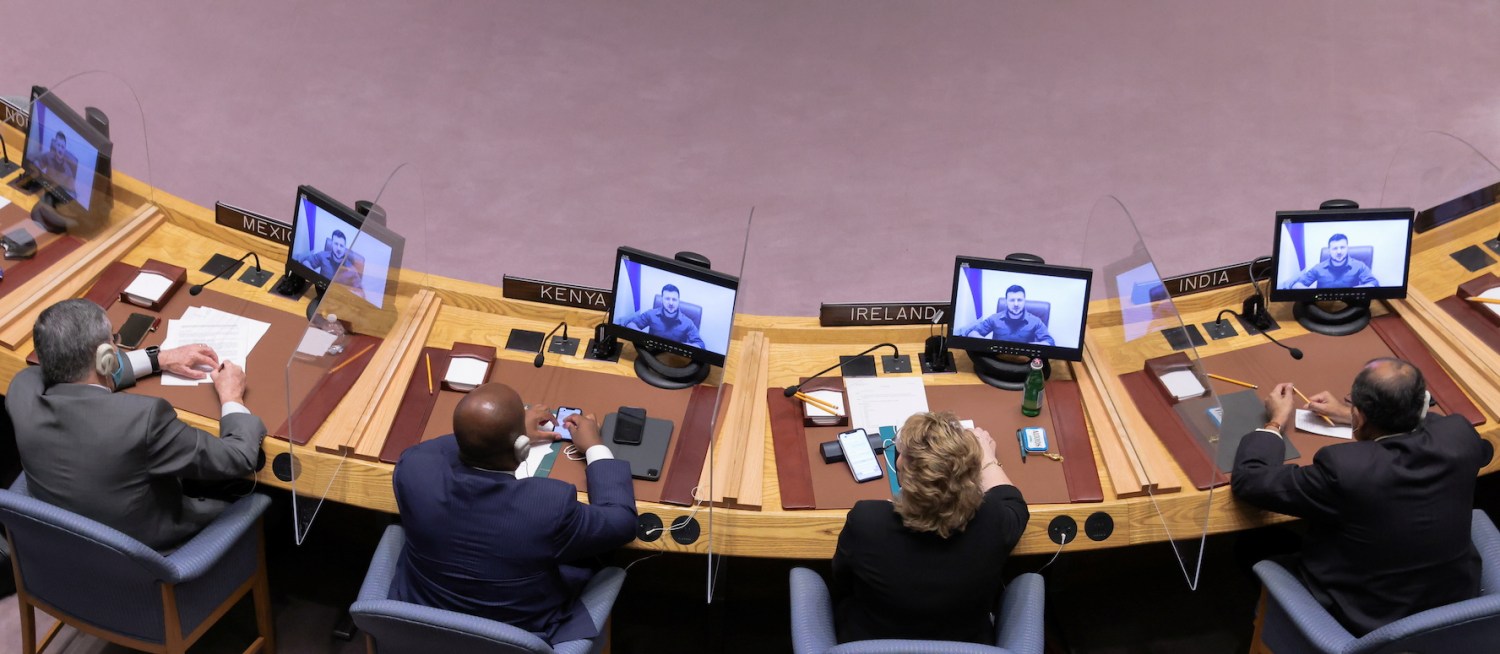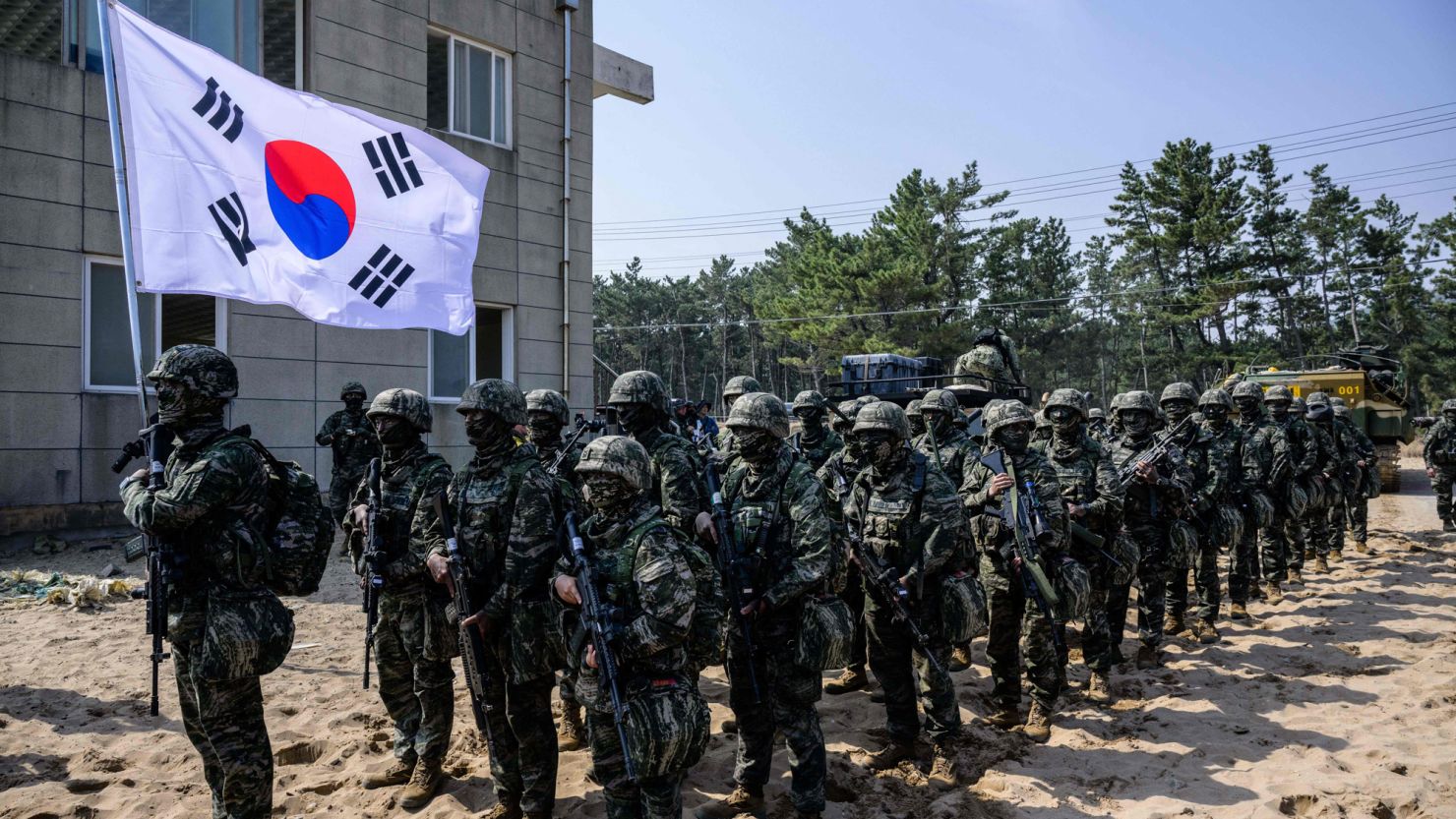David Ucko

Two months in, what does the war between Israel and Hamas tell us about victory and defeat in irregular warfare? There is no difficulty in identifying those who have lost the most through this conflict: the civilian victims, caught up in a hellish devastation not of their making. In contrast, assessing which of the two combatants is winning is a far more bewildering task. In this war as in so many others, success and failure are polymorphous, unfolding tactically and strategically, locally and internationally, directly and indirectly, and across different timescales. As warfare, with its destruction and loss, is ostensibly justified by the political purpose it is meant to attain, this lack of clarity should be concerning.
Using Israel’s war on Hamas along with past precedents as case studies, this piece seeks to shed light on the question of victory in irregular warfare. It is certainly too early to make definitive statements on the ongoing conflict in the Middle East, but much can be learned by studying what has unfolded to date. With this caveat, the question remains: is anyone winning this war and, if so, how and why? The discussion relates not only to the fighting in Gaza, or to its broader regional politics, but to the future of irregular-warfare strategy and to our continued theorization of what it may achieve. War colleges rightly teach theories of victory as a crucial component of strategy, but do we even know what we’re looking for?
The Case for Hamas
Since its brazen attack on Oct. 7, 2023, Hamas has faced a furious Israeli counterattack. Israel has pummeled Hamas positions across Gaza, devastating its base of operations and seeking thereby to fulfill its war objective of eliminating the group. After just weeks of fighting, casualties in Gaza are some 20,000, the vast majority of whom are civilians. The scale of the offensive indicates that Israel will not be deterred by Hamas’ use of human shields or civilian infrastructure. Hamas, in other words, would appear lost.



